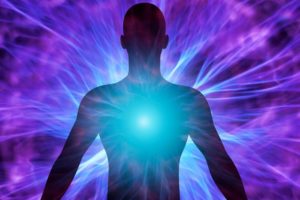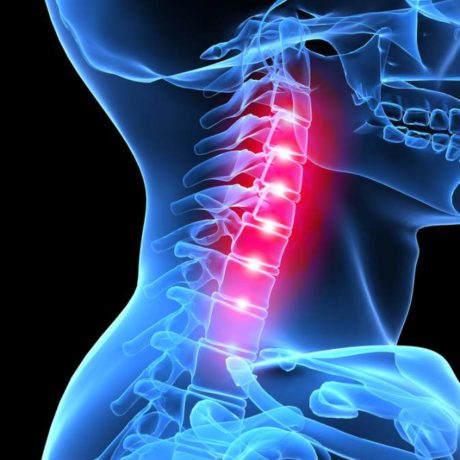Founded by Dr. Russell Friedman, QSM3 takes upper cervical care to a different level.
The human body can be subjected to multiple traumas that cause postural misalignment patterns that are either balanced or unbalanced. The human body uses the majority of its energy to maintain postural balance. It is the coordination and orchestration from nervous system proprioception to the 3D motor response by the myofascial envelope (MFE) that facilitates the maintenance of a minimal energy, minimal stress position. The MFE at a 3D level coordinates balances through a matrix of pathways that originate in the feet, and anchor superiorly until they all insert into the skull. Modulation of the superior structure via the righting reflex, vestibular apparatus, and proprioception (with most dense beds at C0/C1/C2 and pelvis) create tension lines though the MFE to create and support balance. The support of the human frame is obviously a neuro-myofascial response. This system minimizes structural misalignment above a trauma acting as a first class lever. The spine is in effect, the long lever arm, the weight of the head acts as the load and C0/C1/C2 functions analogously as a fulcrum. This is the only 3D modulator in the whole human body. Ralph Gregory termed the various misalignment factors ‘resistant pathways’ indicating he was aware of the progressive breakdown occurring after trauma. It is in the QSM³ protocol that we finally have clearly identified the progression from trauma to whole body misalignment, revealing Gregory’s prescience. The insertion points of all the pathways end at the top of this 3D gyroscope called the skull.
Thousands of hours of clinical examination and being endlessly open to the empirical findings led Dr. Friedman to look at the occipital fibers (DeJarnette (MB)) that attach both anteriorly and posteriorly to the skull. Mechanically active sheets of fascia interpenetrate all aspects of the body and most of them terminate (or begin!) in the area around the transverse process of atlas. Defining the pathways from initial trauma to reaction to secondary traumas and more led Dr. Friedman to an algorithm which can sequentially assist the body to release these restrictions, restoring the body to both standing posture alignment as well as orthogonality on post films. This work does not change the outcome measures; it changes how we get there.
Examination of the patient reveals how their body is responding to gravity at the moment of examination. Adjustment based upon these examinations addresses the factors that are currently present. QSM3 examines the orientation of the pelvis and uses this information to refine and define the adjustment. Other techniques have measured aspects of pelvic misalignment but none have used the measurements to help guide the upper cervical adjustment. Information regarding the greatest mass (the pelvis) in the kinetic chain is imperative to restoration of the system to optimal function.
Measure, Access, remove, and release are the biomechanical tenants of the QSM3 method. Patterns are measurable. They are accessed through a tier of protocols for patient and headpiece placement. The pathways are released via a dynamic correction approach that involves a ‘connectivity’ flow of matter and energy from doctor to patient.
Static measurement of dynamic systems is always problematic because a snapshot of a moving object can only tell a limited part of the tale. Measurements of nonlinear dynamics have now become available due to vastly improved ability to process data with computers. Obtaining accurate and reproducible measurements of wiggly human beings has always been a problem. Nonlinear dynamics measures patterns over time. We are now investigating ways to measure function that more closely match our dynamic natures.




